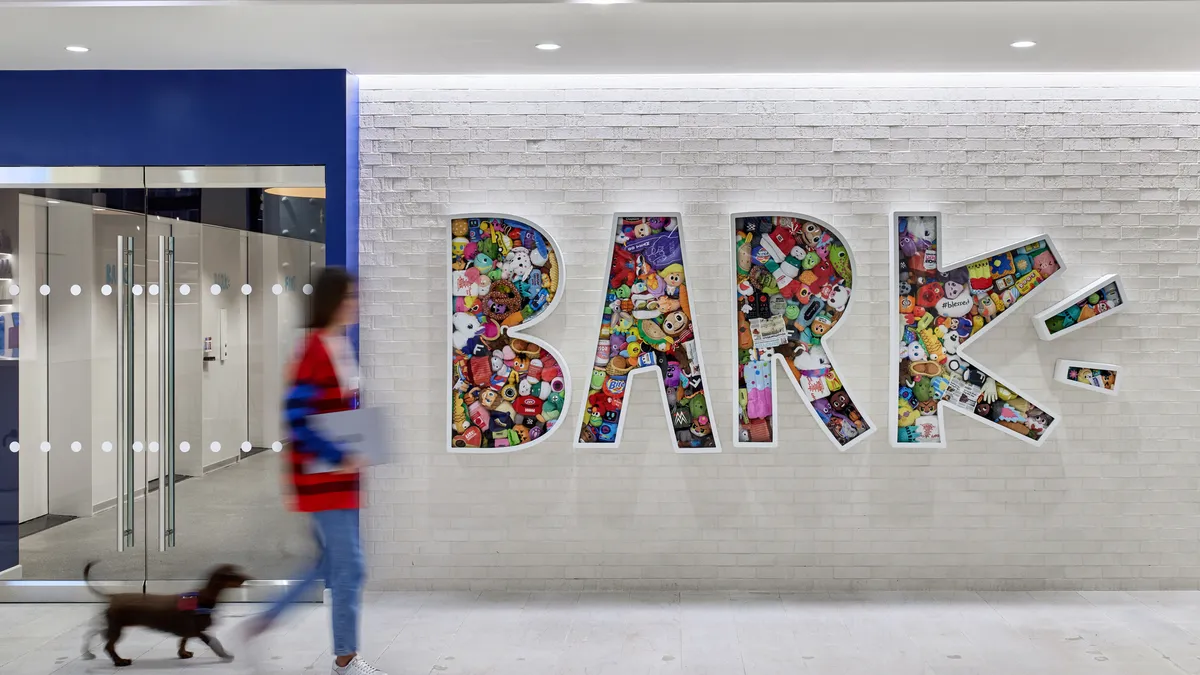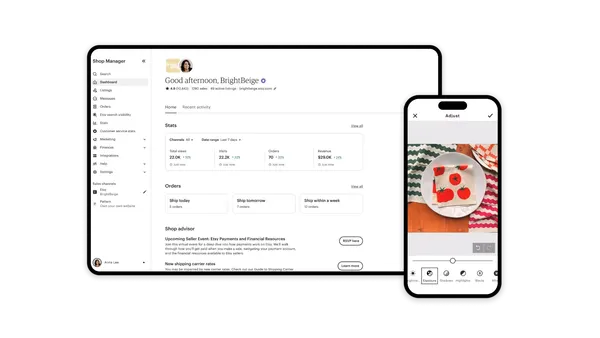Dive Brief:
- Bark on Thursday announced Nari Sitaraman will step down as chief technology officer, effective Jan. 19, to take a role at another company.
- Upon Sitaraman’s departure, Eric Picard, currently the company’s vice president of product management, will assume his responsibilities, according to a company press release. Picard has previous experience with Pandora and Microsoft.
- Sitaraman became Bark’s chief technology officer in 2021, tasked with growing the company’s tech and data-driven culture to innovate and personalize the digital experience for its customers.
Dive Insight:
Sitaraman is exiting his role as chief technology officer after about two and a half years at Bark.
Prior to joining the online pet retailer, Sitaraman was the chief technology officer at Crate and Barrel, helping to grow the company’s digital business to represent over 65% of overall revenues. Sitaraman, who has over 20 years of retail and consulting experience, also held executive roles at The Shade Store and Williams-Sonoma.
“Nari has been an important asset in driving the evolution of our technology organization over the past two years,” Matt Meeker, Bark co-founder and CEO, said in a statement. “During this time, we have broadened our product portfolio, launched our unified platform at BARK.co, and built a talented technology team in the process.”
As the company ushers in Picard, it is looking to “migrate to more modern and efficient technology solutions,” Meeker added.
The executive change comes as the pet retailer — which is known for its BarkBox and Super Chewer subscription boxes — faces financial challenges. In its most recent quarter, Bark reported that Q2 revenue fell 14.4% year over year to $123 million. The company’s DTC revenue fell 11.3% year over year to $104.3 million, while wholesale revenue fell 28.7% to $18.7 million. Bark, however, was able to narrow its net loss slightly during the period from $10.6 million to $10.3 million.
The company in late November also received a notice from the New York Stock Exchange that it had fallen out of compliance with the stock exchange’s continued listing requirements because the average closing price of the company’s common stock was below $1.00 for 30 consecutive trading days.














